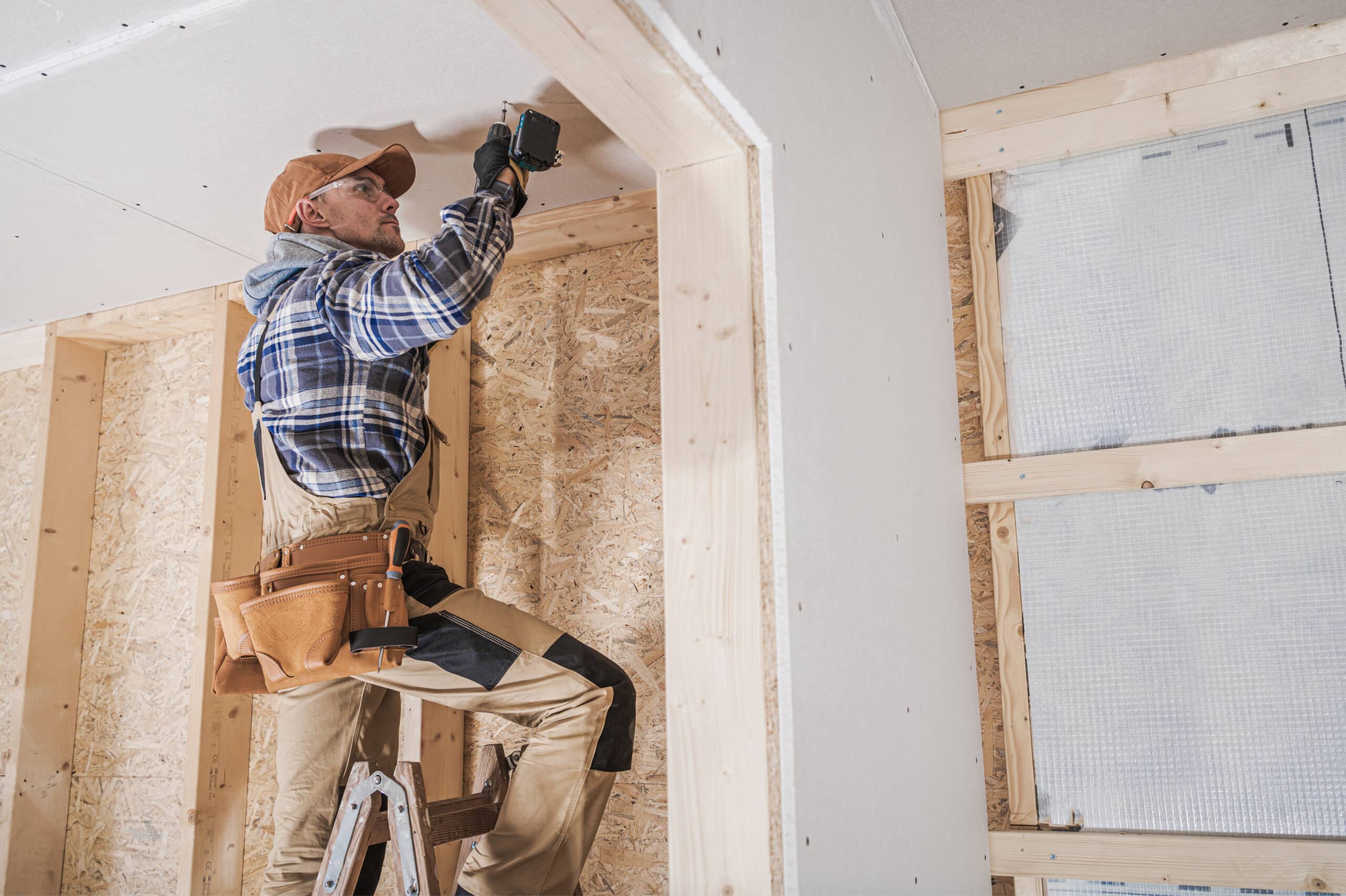
Image Source: Google
As a homeowner, dealing with drywall damage is an inevitable part of home maintenance. Whether it's a small hole from a door handle, a crack from settling, or larger damage from an accident, learning how to master DIY drywall repair can save you time and money. With the right tools, materials, and techniques, you can easily tackle drywall repairs like a pro. Here are some tips and tricks to help you become a master at DIY drywall repair.
First and foremost, it's essential to have the right tools on hand before you begin any drywall repair project. Some basic tools you will need include a putty knife, sandpaper, a drywall saw, a utility knife, a tape measure, a pencil, a sanding block, and a paintbrush. Additionally, you will need materials such as drywall compound, drywall tape, drywall screws, and replacement drywall if necessary. By having these tools and materials ready, you can streamline the repair process and ensure a professional-looking finish. If you want to know more about drywall repair then you can check https://upperclasspainting.com.au/sunbury-drywall-repair/.
For larger holes in the drywall, the process is a bit more involved but can still be done successfully with the right techniques. Start by cutting a square or rectangular outline around the damaged area using a drywall saw. Be sure to cut straight lines to create clean edges for easier patching. Next, cut a piece of replacement drywall to fit the hole and secure it in place with drywall screws. Use drywall tape to cover the seams between the patch and the existing wall, then apply multiple layers of drywall compound, allowing each layer to dry before sanding and applying the next. Once the repair is smooth and flush with the wall, prime and paint the area to match the rest of the wall.
One of the key tricks to mastering DIY drywall repair is to take your time and work patiently. Rushing through a repair can lead to mistakes, uneven surfaces, and a shoddy finish. Instead, follow each step carefully, allowing for proper drying and sanding between coats of compound. By taking your time and paying attention to detail, you can achieve professional-quality results that will blend seamlessly with your existing walls.
Another helpful tip is to practice on a scrap piece of drywall before tackling a repair on your walls. This allows you to familiarize yourself with the tools and techniques involved in drywall repair without the pressure of working on your actual walls. By practicing on a scrap piece, you can gain confidence and hone your skills before applying them to your home repairs.
Lastly, don't be afraid to seek out resources and guidance when needed. There are plenty of online tutorials, how-to guides, and DIY forums that can provide valuable tips and advice for tackling drywall repairs. Additionally, if you're unsure about a repair or feel overwhelmed by the process, don't hesitate to call in a professional for assistance. Sometimes, it's best to leave complex or extensive repairs to the experts to ensure a successful outcome.